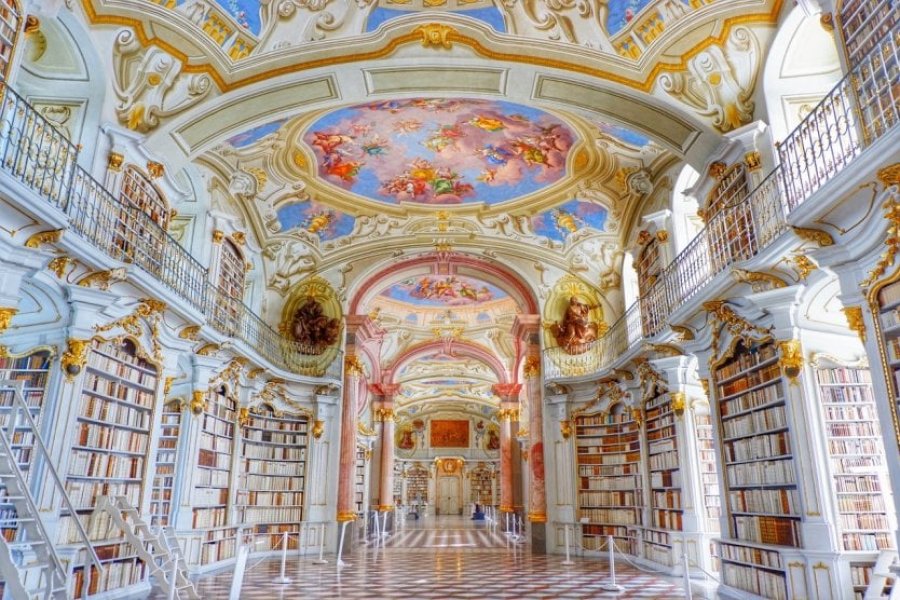Travel Guide Tianjin 天津
Find an accommodation
Advertising
HistoryInitially Tianjin was only a small place to store grain, upstream of the mouth of the Haihe River, which was used to facilitate the supply of the capital Beijing under the Jin dynasty (1115-1234). Thanks to its strategic position, its importance grew over time. With the finishing of the Grand Canal, Tianjin became a real crossroads between river traffic and navigation on the high seas. Under the Ming dynasty (1368-1644), he was given to Tianjinwei (Custodian of the Celestial or Pier of the Son of Heaven) and protected the city by high walls. In the fifteenth century, it was a large fortified garrison.In the nineteenth century, Tianjin presents a real bottleneck for Westerners who then seek to penetrate the Chinese market. During the Second Opium War (1856-1860), Chinese sailors who were pursuing pirates approached a British ship, the Arrow. That was all that was needed as an excuse for the Anglo-French fleet to attack Tianjin and force the mouth of Haihe. By the famous Tianjin Treaty in 1858, China was forced to accept the opening of the port (as well as nine other cities) to trade with the West and legalize the sale of opium. Moreover, a new treaty signed in 1885 allowed France to settle in Viet Nam.Between 1895 and 1900, the concessions of the English and French in Tianjin were joined by those of the Japanese, Germans, Austro-Hungarians, Italians and Belgians. At the turn of the century, this was an important western enclave, a true European city, located along the banks of Haihe in the southeast of the ancient Chinese city. The latter was unfortunately shaved by Westerners during the Boxers Revolution (1899-1901) which attacked foreign powers.Nevertheless, during the time of concessions, the European powers contributed much to the development of the city. The sharp river in Tianjin led to the construction of a new port in Tanggu closer to the sea (50 km downstream). The Tanggu salts that have existed since the Yuan period (1280-1367) were enlarged, glass factories and textile manufactures built.During the First World War, the concessions of the Germans and Austrians were abolished in 1917 and that of the Russians in 1924. As the Second World War approached, the Japanese took control of the city in 1937. At the end of the war, the Allies gave up all their concessions to Tianjin.TodaySince the Communists took power in China in 1949, Tianjin has been heavily industrialized. This industrialization has been fostered by the exploitation of a large coal deposit in the region and offshore oil fields. In addition to Tanggu, Xingang's new seaport, which receives many Chinese and foreign ships, is one of the largest cargo terminals in China. Moreover, like Beijing, Shanghai and Chongqing, Tianjin is now a city of self-government. Transport has developed there with an international airport, railway lines - and especially an ultra-fast line serving Beijing - and a motorway, Beijing-Tianjin-Tanggu, which connects the city with its port to the Chinese capital. Despite the serious explosion on the port on August 12, 2015, which caused the deaths of more than 170 people (and posed serious questions about the security of Chinese industrial sites), Tianjin is still a city with strong attractiveness and thriving economic activity.
What to visit Tianjin 天津?
Advertising
Weather at the moment
Advertising
Organize your trip with our partners Tianjin 天津
Transportation
Book your plane tickets
Car Rental
Boat rental
Accommodation & stays
Find a hotel
Holiday rental
Find your campsite
Tailor-made trip
Immersion travel
Services / On site
Activities & visits
Find a doctor
Find unique Stay Offers with our Partners
Featured articles Tianjin 天津
Other destinations nearby Tianjin 天津
25 km away
100 km away










